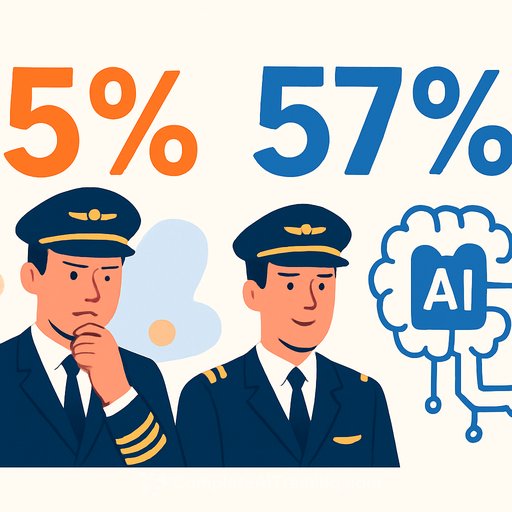Why AI Success Depends on a Strong Data Strategy
You've probably heard that “You can’t have an AI strategy without a data strategy.” But what does that mean in practice? Simply put, AI initiatives hinge on the quality, accessibility, and governance of data. Enterprise data management itself is complex—accurate, complete, and consistent data is essential to build reliable AI applications.
Challenges remain widespread. A survey by EY found only 36% of senior leaders say their organizations fully invest in data infrastructure to support AI at scale. Another survey reveals 67% feel data infrastructure holds them back. These statistics highlight a persistent gap between AI ambitions and data readiness.
The impact of poor data quality is clear, especially in AI-driven marketing campaigns where inaccurate or incomplete data can misdirect efforts or even reinforce bias. Yet, some industries are leading the way. Financial services, for example, offer valuable lessons on preparing data to make AI work effectively.
Financial Services: Setting the Standard for AI-Ready Data
Data readiness is often treated as a technical checklist, but it requires more: a shift in how we approach data itself. Financial services traditionally rely on data labels suited for reporting. AI demands more—it needs data that captures nuance and variability vital for model accuracy.
One financial firm spent three years developing an AI model, initially struggling with poor accuracy despite seemingly well-labeled data. The breakthrough came after realizing their labels, good for reporting, missed market condition variations. Applying techniques like principal component analysis (PCA) and interquartile range (IQR) filtering helped reduce noise and isolate relevant trades.
They also engineered new features to refine training data, transforming their dataset from “correct” to truly AI-ready. This example proves that data isn’t static—it must be actively curated and refined. AI readiness means understanding data imperfections and designing around them.
Tackling Data Gaps Through Transparency and Collaboration
Fixing data gaps isn’t a solo job. Transparency and collaboration are key to improving data quality and delivering meaningful AI results. Successful organizations often build transparency frameworks around AI that rest on three main pillars:
- Data Disclosure: Openly sharing what data was used—and what’s missing—invites feedback and drives better data collection.
- Feature Transparency: Disclosing which features are included or excluded sparks stakeholder input that can enhance models.
- Model Selection Rationale: Explaining why certain models are chosen builds trust internally and externally, making AI processes clear rather than opaque.
These practices foster openness, helping to identify and solve data quality problems early. They also bridge gaps between technical teams and business stakeholders, improving data understanding across the enterprise.
A Framework for Purposeful AI Deployment
Being able to build an AI model doesn’t mean you should deploy it. Thoughtful deployment means making deliberate choices about where AI adds value and where risks outweigh benefits.
One senior data leader shared how their team spent months manually tagging data to ensure generative AI outputs were accurate and contextually relevant—especially critical in regulated sectors like finance where errors have serious consequences.
It’s equally important to recognize when AI isn’t the right solution. Sometimes, simpler tools like dashboards or regression models serve better. Being transparent about these decisions builds credibility and trust both inside the organization and with clients.
Looking Ahead: AI’s Role in Financial Services
Successful AI adoption hinges on good judgment: AI should support human decision-making, not replace it. Financial services are advancing quickly by focusing on data readiness, transparency, and thoughtful deployment.
For executives and strategists, the takeaway is clear: invest in your data strategy first, foster a culture of openness, and apply AI where it truly makes a difference. This approach will maximize value, minimize risk, and ensure AI acts as a reliable tool for smarter decisions.
For those interested in deepening their AI and data strategy skills, explore relevant courses at Complete AI Training.
Your membership also unlocks:






